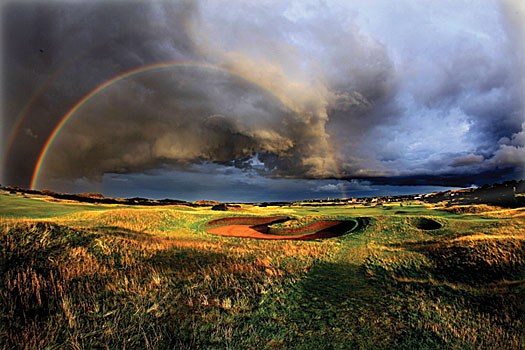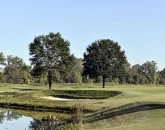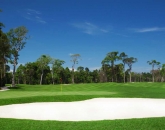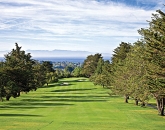
With the raising of the burn and the new green, the course could now be played in reverse for the very first time. Tom set about a massive clearing of the whins to expand the fairways and increased the green sizes. James Balfour, in his 1887 book Reminiscences of Golf on St Andrews, laments the whin clearing and expansion. He preferred the course when the golfers played nine holes out and played back to the same, smaller greens. Balfour adds that the whin clearing on the second beside the green had made the hole much easier and the green flatter.
When Tom expanded the seventh green, he noticed that the hole kept getting bigger and bigger due to the soft sandy soil, so he got a local blacksmith to create an iron rim. It is thought that from this idea of Tom’s we have the mental cups we still see today.
A curious side note about the double greens on the Old Course is that they all add up to the number 18, examples being the seventh and 11th, and the second and 16th.
Tom regularly changed the direction of play to spread the wear and tear of the course. As Jarrett and Mason point out, by playing the anti-clockwise route, there was no crossing of golfers on the first and 18th holes. In 1876, the first Open was played in the anti-clockwise fashion that is how the course is routed today.
The bunkering on the back nine is largely as it has been for centuries. There is one exception, of course – the famous "Road Hole Bunker", which sees almost annual work because of its sheer number of visitors.
Between 1879 and 1898, Old Tom added only two bunkers, on the second and sixth. In 1899, following complaints that the front nine was too easy, the R&A created an elite panel made up of the greats of the day, including Freddie Tait and JL Low, to decide where new bunkering should go. They added 17 pits, according to golf historian Peter Lewis, and a further sixteen in 1905. Old Tom added yet more on the ninth hole a few years later and named them after Paul Kruger, who was the then face of Boer resistance against the British.











